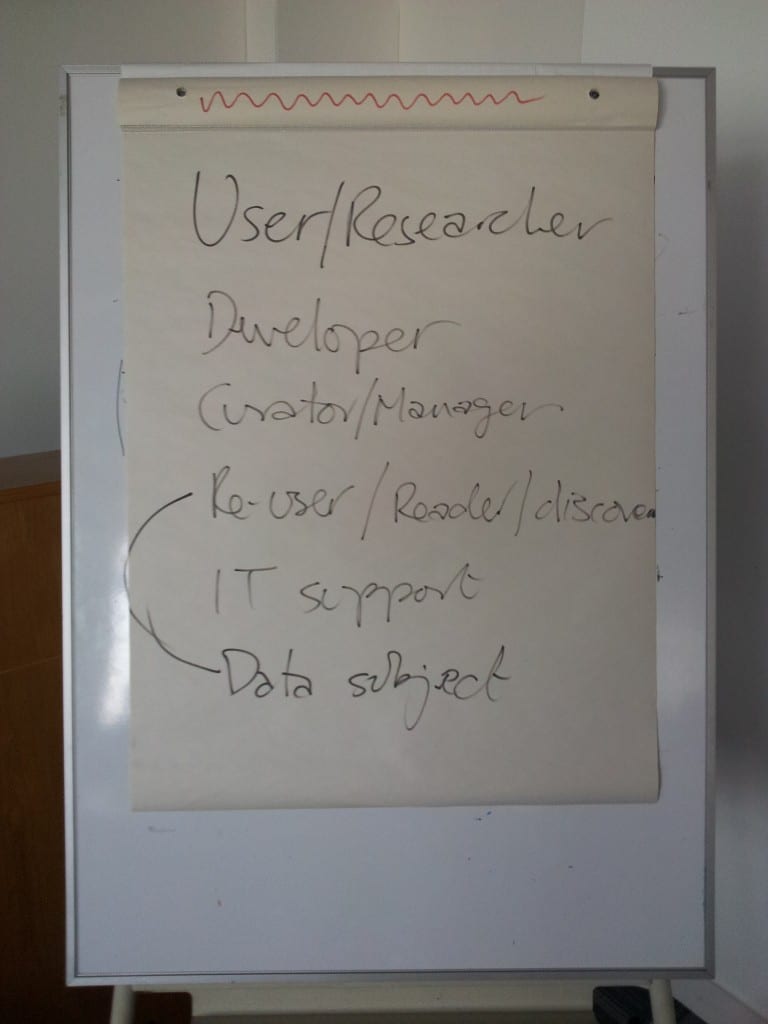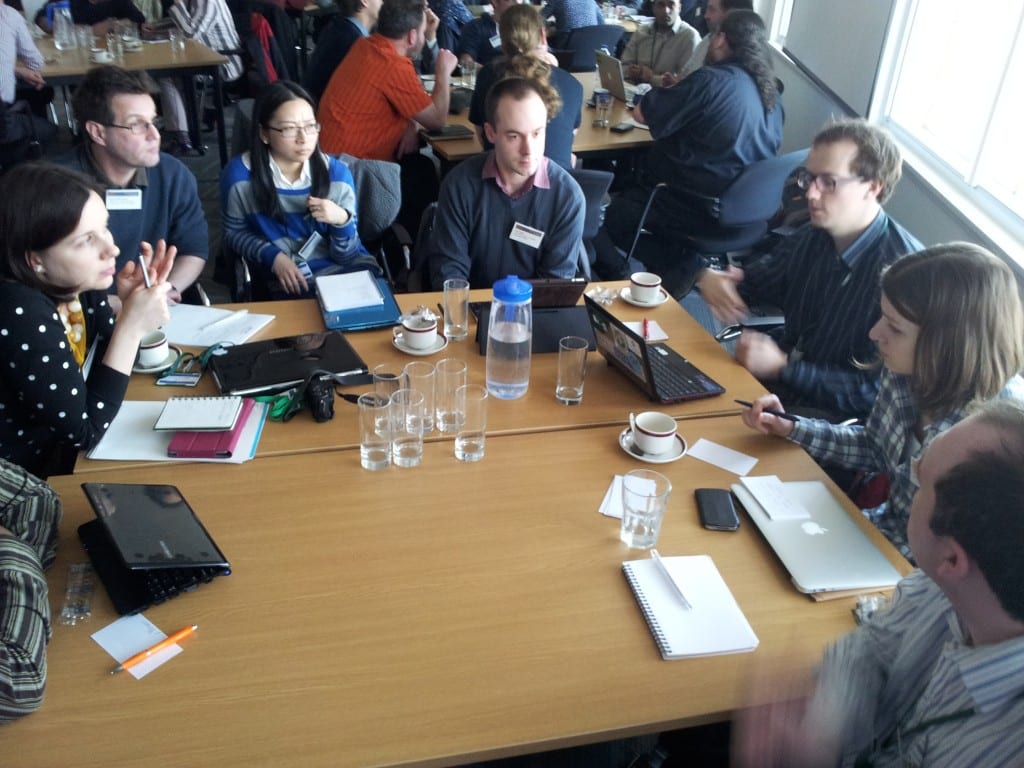The researcher Dashboard has been expanded to interface with the Lincoln Repository, ePrints. From it, a researcher can deposit their datasets directly to the repository, complete with DOI.
In previous posts, I spoke about how the CKAN and ePrints APIs can interface. We have finally implemented both APIs for use with the Researcher Dashboard and created a useable workflow for depositing datasets from CKAN to ePrints via the dashboard.
The workflow goes as follows:
- Hit ‘Publish’
- Get latest metadata from CKAN
- Prompt user to complete form
- Generate DOI
- Send metadata to Datacite
- Mint DOI
- Post SWORD2 to ePrints
- Get ePrints ID from response
- Add ePrint to SQL database as minimal data
- Update dataset in database with ePrint link
When a researcher views their project, they are presented with a list of datasets lifted from the project environment in CKAN. If they want to deposit one into ePrints, they can select the deposit button and are prompted to finish the dataset metadata. ePrints requires a minimal set of metadata before the dataset can be deposited. It can be put into a users inbox with merely a title, but requires a minimal specific set before depositing.
The DOI is minted for a unique identifier, by sending the metadata to Datacite along with the generated DOI. A DOI has to be generated first before it can be minted. Again, this is another field that is input to ePrints via the metadata.
The inclusion of ePrints metadata gives an all in one approach to the Research Dashboard. As otherwise, users would have to go into ePrints and fill in the data there. An annoyance easily avoided by having all the necessary steps taken care of on one site. This completes the toolset, so projects now have a central hub of activity. Data is brought into Orbital via the AMS (Awards Management System) for importing funded projects and CKAN for datasets, and exported to ePrints for the depositing into the Lincoln repository.
The original plan for this workflow was published by Paul Stainthorp. The workflow as it stands currently is as written in this post. It is, however, still in the finishing stages and polishing to make sure the process is solid.

